Diatomaceous Earth vs. Fired Clay in Gritty Mix
kwie2011
9 years ago
Featured Answer
Sort by:Oldest
Comments (37)
kwie2011
9 years agorina_Ontario,Canada 5a
9 years agolast modified: 9 years agoRelated Discussions
Diatomaceous earth for seed starting?
Comments (90)I happen to be on that other forum as well, and have trialed the Ultrasorb DE quite a bit. I've compared pure Ultrasorb with commercial seed mixes. I have mixed it into other soils, but haven't compared that aspect in a systematic way. Frankly, I've had incredible success. Tomato and pepper seeds come up at least a day faster when compared to off the shelf seed mixes (I've tried Jiffy, miracle gro, and a local brand) and overall germination is better, especially for marginal seeds. I have handling issues with tiny seeds and I've found it useful there. Watering is much easier. My least favorite part of seed starting is dealing with the hydrophobicity. You essentially don't have to worry about overwatering the DE. More importantly, the seeds are really easy to remove when transplanting without doing much damage. No damping off, though I've rarely had problems with that anyway. It has its own annoyances. It doesn't stay together even when wet, so you have to be careful about what kind of containers you use it in. The dust is a danger to be aware of. Note I can only testify to the usefulness of Ultrasorb, by Moltan. There are differences to be aware of, though I also don't understand why that poster was so concerned with the pH of the medium. I don't know enough about it to discuss. I was more worried about the salinity. Tiny seeds aside, I think Ultrasorb actually has the biggest advantage when it comes to very large seeds and things that normally don't transplant well. Acorns, walnuts, chinaberry, neem, are all things that did much better in the DE than either commercial seed starting mix or unsterilized 3:1:1. Hyacinth bean, castor bean, watermelon, squash, bitter melon, caesalpinia and moringa are other things I've had unusual success with. The lack of organic matter seems to minimize rotted seeds. This post was edited by greentiger87 on Wed, Mar 26, 14 at 19:38...See MoreChicken grit vs. Turkey grit for 'gritty mix'
Comments (16)Oh hallelujah! So it is Chicken Grit -thank you for clearing that up Al, I'm getting closer to my illusive first batch of gritty mix!. I spent most of yesterday on the phone looking for grower grit, I found "cage grit", "chick grit" and "regular chicken grit" but no one knew what I meant when I asked for grower grit (and it probably didn't help that I wasn't sure what it was!). Regular chicken grit is available at my local Arrow feed store for $6.99/50lb bag. I assumed it was the wrong stuff as they had no idea what "grower" meant. I'll go there today and just pray its granite and not oyster shells in that 50lb bag. Bummer about the Lowes/HD stuff JoJo - that was my back up plan! ...although I could actually use the remainder for a pathway if some of it would work - what percentage would you say was usable? I still need the illusive pine bark fines - now my clematis plants are taking off its a race against time to get their new pots ready! BTW Al, I really appreciate all of the wisdom you have spent so much of your time sharing, thanks to you, now every nursery worker within 100 miles of my house is looking into your mixes and the guy from the distribution center where I found the MVP Turface was very interested, he even wrote down the website and your name etc to do more research, I think the light bulb went off that they may have a whole new way to market that product. Thanks! Nik...See MoreGritty Mix Help Prevent Borers, Other Pests?
Comments (2)Olpea, thanks for responding. I have two mini peach trees left to re-pot and I was on the border to use potting soil for the last two or use up the (expensive) gritty mix on them. All other things being equal (the other *primary* pro's/con's that don't revolve around pest management), and since the trunk of these remain so small that a bad case of PTB may cause permanent damage, I was hoping the gritty mix would have a distinct advantage for borers. I don't know much about borers, but was my interpretation of the text correct: at specific stages in PTB they are forced to enter the soil to cocoon? If so, I would assume the magget looking worms would not take to the DE very well. If nobody can provide insight, I guess I won't know unless I harvest and test them myself ;-) I do paint the trunks and I don't have any hesitation to using pesticide to protect these little trees. Thanks for the advice, I always appreciate it when someone takes the time to respond even if they aren't sure of the answer. Peace....See Morediatomaceous earth- what can it do?
Comments (18)Insecticide usage of diatomaceous earth MUST be a fine dust so that it coats all insects with an exoskeleton and dries them up (kills them). However, if you mix it in your potting mix/soil or even dust once and then spray with water, you have pretty much removed any potential Insecticide use. Livestock caretakers must constantly be dusting as any moisture or even other dust that coats the DE will not allow it to stick to and dry out insects. So if you think you are protecting your potting mix/soil from any insects by mixing a dust DE product into your mix, you are throwing your money away (although it is certainly not harmful to anything, plant or insect). It is actually generally NOT used around farms anymore, it is too time consuming. It is still fed to animals because it is both a good calcium supplement and can actually rid several intestinal worms with prolonged usage. Food Grade (NOT feed grade) is great for people to eat also for those same reasons. The only real distinction of Food Grade is the levels of potentially unwanted metals (think lead). So if you are eating it directly or through a plant you should look for food grade, I believe there is only 1 mine in America that produces Food Grade DE with safe levels of the toxic metals. Others have pointed out the usage as a soil conditioner and so I won't, but I would say there is really no reason to mix in the fine pesticide powder as it is more expensive and won't provide any pesticide usage if mixed throughout. That being said it is not nearly a "broad spectrum" insecticide as even if you powder coated your entire lawn, the next day after a good dew it is mostly inert and will never be actively hurting insects again unless you re-dust daily. Some oil-absorbent material for garage cleanup is also the larger particle DE and cheaper than cat litter. Really, any oil-absorbing silica product for garage spill cleanup could likely do the same job as a soil conditioner, so shop around and see what people are using as a ratio, I honestly was looking for the same thing when I found this post. The big thing that may concern some is whether there are potentially unwanted metals in it, and the only sure way to know is if it is specially labeled "Food Grade". For me personally I would consider "Feed Grade" to be fine. Good luck trying to find oil-absorbent or cat litter labeled "Food Grade"! I thought I should comment, even though I am late to this party, because it is one of the top links in google and yahoo search....See Morekwie2011
9 years agogreenman28 NorCal 7b/8a
9 years agokwie2011
9 years agogreenman28 NorCal 7b/8a
9 years agotapla (mid-Michigan, USDA z5b-6a)
9 years agolast modified: 9 years agokwie2011
9 years agokwie2011
9 years agokwie2011
9 years agokwie2011
9 years agotapla (mid-Michigan, USDA z5b-6a)
9 years agokwie2011
9 years agolast modified: 9 years agokwie2011
9 years agokwie2011
9 years agolast modified: 9 years agokwie2011
9 years agolast modified: 9 years agokwie2011
9 years agonomen_nudum
9 years agolast modified: 9 years agokwie2011
9 years agolast modified: 9 years agokwie2011
9 years agonomen_nudum
9 years agolast modified: 9 years agokwie2011
9 years agonomen_nudum
9 years agolast modified: 9 years agogreenman28 NorCal 7b/8a
9 years agokwie2011
9 years agolast modified: 9 years agotapla (mid-Michigan, USDA z5b-6a)
9 years agokwie2011
9 years agotapla (mid-Michigan, USDA z5b-6a)
9 years agokwie2011
9 years agotapla (mid-Michigan, USDA z5b-6a)
9 years agokwie2011
9 years agolast modified: 9 years agoelizabeth_101
9 years agogreenman28 NorCal 7b/8a
9 years ago
Related Stories

GREAT HOME PROJECTSHow to Get a Pizza Oven for the Patio
New project for a new year: Light a fire under plans for an outdoor oven and claim the best pizza in town
Full Story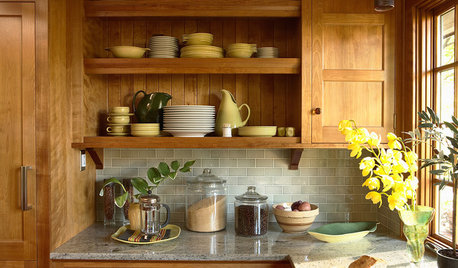
KITCHEN DESIGNWhat Goes With Wood Cabinets?
Make those high-quality cabinets look their best by pairing them with the right colors and materials
Full Story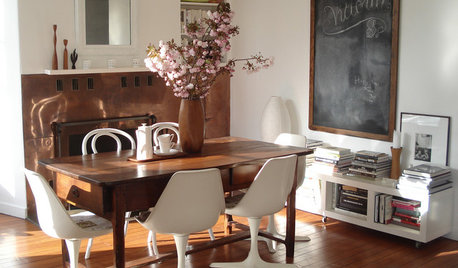
LIFEThe Wisdom of Kenny Rogers, for Declutterers
No need to gamble on paring-down strategies when the country music legend has already dealt out some winning advice
Full Story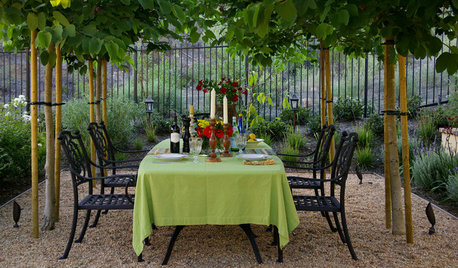
LANDSCAPE DESIGNEnjoy the Romance of Dining in a Classic Gravel Garden
Here’s what to consider when it comes to installing, styling and maintaining a DIY-friendly gravel patio
Full Story
LIFEHow Your Landscaping Can Keep Burglars Away
Prevent home break-ins with strategic landscaping and good practices instead of menacing — and maybe less effective — measures
Full Story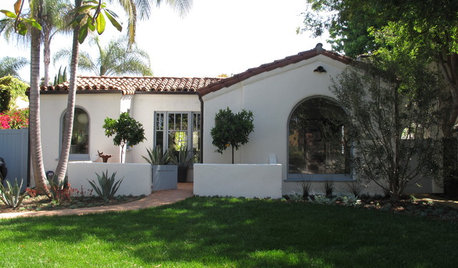
ARCHITECTURERoots of Style: Many Cultures Make Their Marks on Mediterranean Design
If you live in California, Florida or certain other parts of the U.S., your architecture may show distinct cultural influences
Full Story
MOST POPULARMeet a Lawn Alternative That Works Wonders
Carex can replace turfgrass in any spot, is low maintenance and adjusts easily. Add its good looks and you’ve got a ground cover winner
Full Story
GREEN BUILDINGHouzz Tour: Going Completely Off the Grid in Nova Scotia
Powered by sunshine and built with salvaged materials, this Canadian home is an experiment for green building practices
Full Story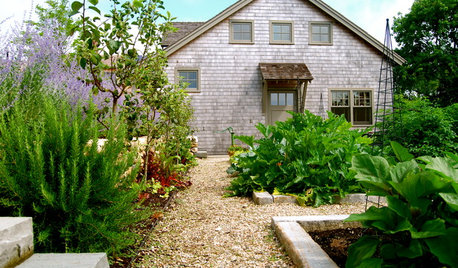
GARDENING GUIDESThe Simple Secret to Gardening Success
Learn the kinds of soil and a DIY type test to make sure you’re putting the right plant in the right place
Full Story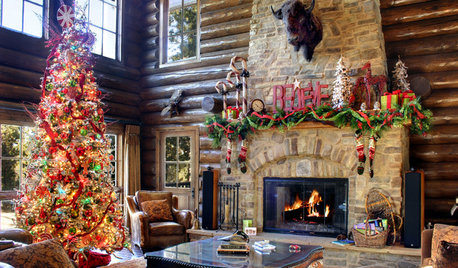
CHRISTMASHomes Around the World Wish You a Merry Christmas
Share in the Yuletide cheer of homes sporting their holiday finest, from Amsterdam to the U.S. West Coast
Full StorySponsored
Industry Leading Interior Designers & Decorators in Franklin County



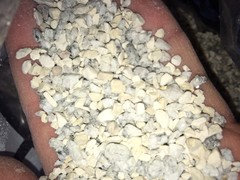

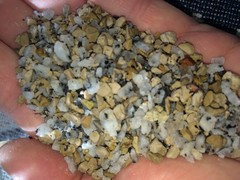

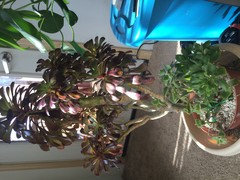
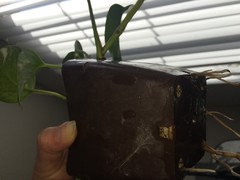
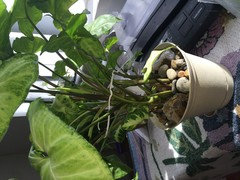
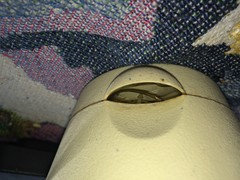
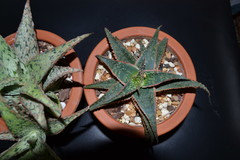





Jack Western Oregon 8b/6